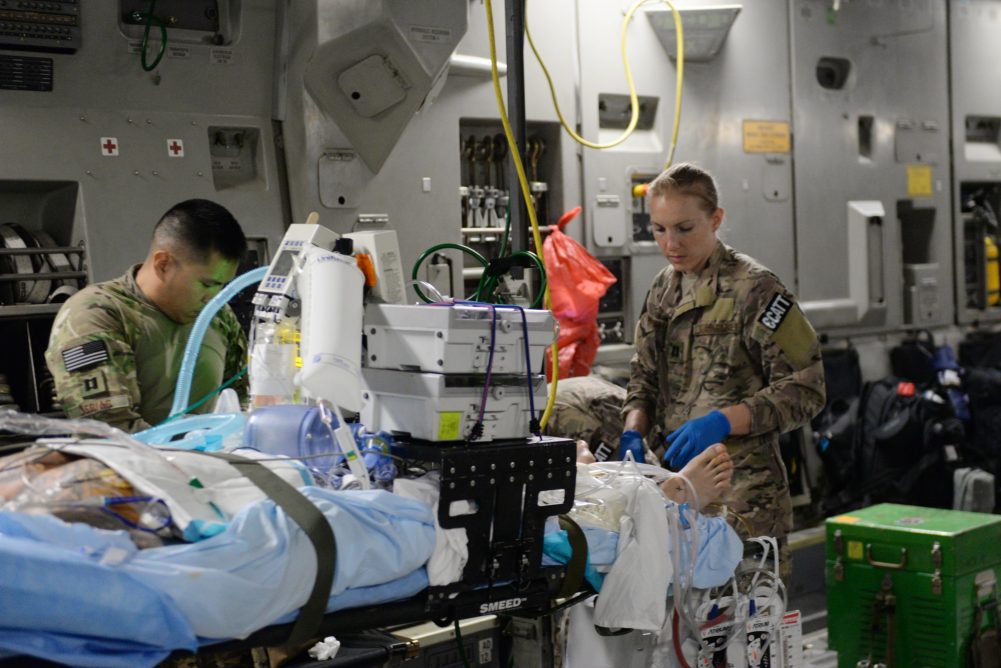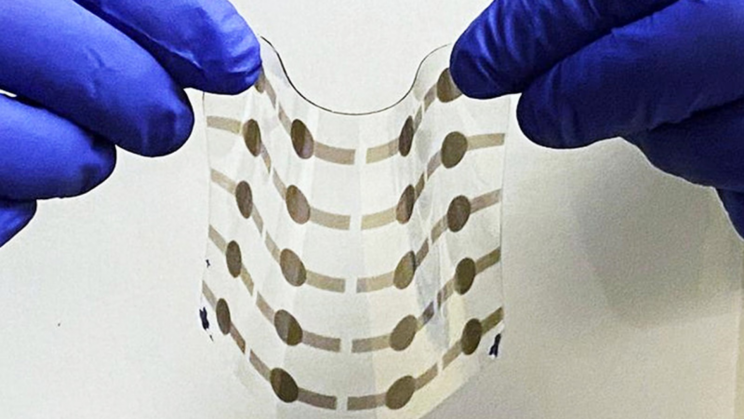The US healthcare system is undergoing rapid change. The fiasco that is the current US healthcare system is marked by opaque rules and pricing, places the interests of insurance companies over the interests of patients, and delivers the least amount of value per dollar of any advanced economy in the world.
Today, the US healthcare system is currently in the crosshairs of bioethicists who focus on the value and cost of medical services and their effects on the common good. And the largest companies in the insurance business see the writing on the wall. Aetna, for example, has begun to embrace the idea of the need for value-based care, that is, better care, better health, and lower costs. According to Harvard Business Review’s Value-Based Healthcare is Inevitable and That’s Good, “We all know that U.S. health care is too expensive, too inefficient, and the quality is too varied. The goal of value-based care is to fix that.”
Aetna Embracing Value-Based Healthcare
According to Aetna’s values-based approach to medical care, there is a shift from an overemphasis on acute care and the rising value of preventative care as more central across the healthcare system.
Aetna’s approach includes four models:
- Accountable care organization (ACO). Accountable care organizations are transforming care delivery by paying health systems and doctors based on their success at improving overall quality, cost and patient satisfaction with their health care experience. ACOs are alliances of doctors, hospitals and other health care providers that deliver and coordinate care for their patients. In an ACO, providers are responsible for improving the quality of patient care and health outcomes, at equal or lower costs, through better coordination and preventive care.Health plans team up with doctors and health systems to provide experience in managing financial risk, clinical care management expertise, and data and technology that helps connect providers with other providers, health plans and patients. Doctors and health systems that successfully manage the health of the entire population reap the rewards. However, if they do not improve quality and control the cost of care, they may lose money. For you, that means a team of providers is incented to work together to keep you healthy.
- Patient-centered medical home (PCMH). A PCMH is a care model led by a primary care doctor that is focused on providing enhanced care coordination across the health care system. In a PCMH, a primary care doctor leads a clinical team that oversees the care of each patient in a practice. The medical practice receives data about their patients’ quality and costs of care in order to improve care delivery. Financial incentives are based on performance on specific quality measures that result in better access to care, more coordinated patient care and improved outcomes. When practices do well on quality and efficiency measures, they share in the savings they create. In this model, you will likely get more coordinated care, easier appointments and more time with your doctors.
- Pay for performance (P4P). This model rewards doctors and hospitals that improve or maintain quality, while keeping across-the-board rate increases lower. Doctors, hospitals and health plans together develop and agree to a set of quality and efficiency measures. This model puts a portion of the doctor’s or hospital’s usual fee-for-service payments at risk for improving performance. If the doctor or hospital meets or exceeds the performance measures, they receive payment that had been put aside as an incentive for improved care. While still fee-for-service, this entry-level value-based model encourages quality and efficiency.
- Bundled payments. In a bundled payment model, a single payment is made to doctors or health care facilities (or jointly to both) for all services associated with an episode-of-care, such as a hip or knee replacement. “Bundled payment rates” are determined based on the costs expected for a particular treatment, as well as costs for any preventable complications that may arise. These payment models promote a coordinated, efficient and cost-conscious effort for specific treatments or conditions. Fewer tests are repeated, “overtreatment” declines, and readmissions and length of hospital stays go down. – See more at: https://news.aetna.com/2015/01/value-based-care-better-care-better-health-lower-costs/#sthash.YR4F1fiM.dpuf
The following video from Karolinska’s University Hospital explains “Karolinska’s New Operating Model and Value Based Health Care” and is just one example of this new philosophy in action.







